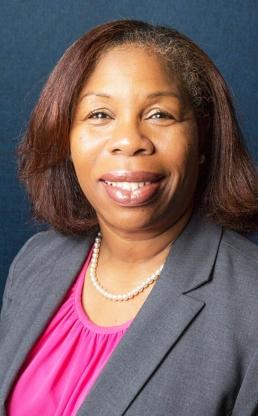
Karen Alford
VP for Elementary Schools
It’s been a stressful year. The pandemic is still affecting all our lives, and educators and students are dealing with many challenges, from coping with the loss of family members and other loved ones to adjusting to full classrooms.
There are concerns about being back in school buildings, about ventilation, about trying to maintain social distance and help our students maintain social distance as well. We must incorporate multiple layers of defense against COVID-19, including wearing masks and also double masking when students are unmasked, washing hands and using air purifiers.
If you feel like you’re juggling too many balls — doing lesson plans, trying to differentiate instruction for students with varied academic ranges affected by the pandemic, adjusting to shifting city Department of Education mandates, conducting academic and social-emotional learning screens, helping students get acclimated to back-to-school routines, being a calming presence for students and their parents — know you are not alone.
We’re all in this together.
Some UFT members have gotten a jump-start on their own social-emotional wellness, with training in mindfulness meditation and yoga they use in their own lives and bring to their students at school.
Tanya Burrowes, a 5th-grade teacher and chapter leader at PS 40, one of the UFT’s United Community Schools in Bedford Stuyvesant, Brooklyn, uses breathing techniques and a focus on mindfulness. She learned the techniques three years ago through the Morningside Center for Teaching Social Responsibility, an organization that has a partnership with her school.
“They are awesome. All of our teachers, paras, social workers and school counselors have been trained, too,” she said. They all implement strategies they’ve learned in restorative circles, morning meetings and throughout the school day.
When the workday is done, those same skills come in handy at home. “I had patience for the kids in my classroom, but when I left, I was sharp with my own children,” said Burrowes.
The program helped her to be more self-aware. “If I get frustrated with one of my children or my husband, instead of being quick to snap, I focus, do my deep breathing meditation and ask myself, ‘Why are you frustrated? What triggered your frustration?’”
The answer, she has discovered, is usually something really simple.
Burrowes has shared these skills with her own children, too. “It’s OK to get frustrated, confused or angry, but it’s how we behave and respond to it that matters,” she said.
Chapter Leader Deborah Paul, a 3rd-grade math and science teacher at PS 628 in Bedford Stuyvesant, benefited from mindfulness meditation and yoga instruction brought to the school by a parent three years ago.
“We learned the moves and focused on our own mental health, taking time to center ourselves and remove the stress of the day,” she said.
Paul’s school worked with the Morningside Center and its 4Rs Program — reading, writing, respect and resolution — to help students develop empathy, community building and conflict resolution skills.
To use the program, educators have to model its approach, applying the skills to their own lives as well as bringing them into the classroom, Paul said.
“For me, it’s a spiritual reset, thinking about what’s going on, being present and in the moment,” Paul said.
She enjoys mindful moments, when she focuses on her breathing and takes time out. “It’s amazing what it can do.”
We all hope to be lifelong learners. Let’s be on a lifelong journey of social-emotional learning, too.